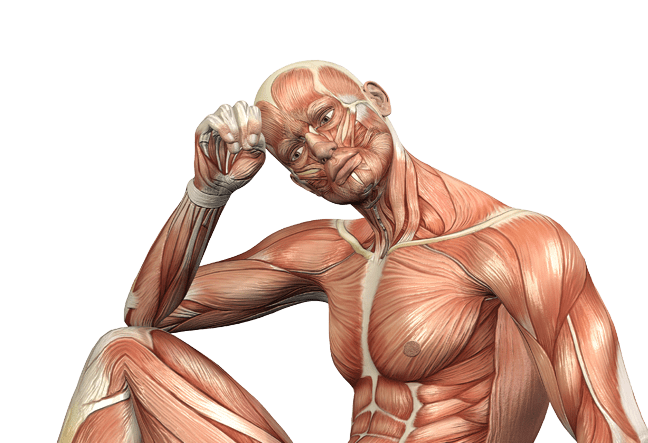THIS SITE DOES NOT PROVIDE MEDICAL ADVICE
Only your personal physician can determine if an EMG could assist in diagnosing your condition.

THIS SITE DOES NOT PROVIDE MEDICAL ADVICE
Only your personal physician can determine if an EMG could assist in diagnosing your condition.

The following E-mail is for Professionals ONLY
HYANNIS Office:
51 Main Street #6
Hyannis, MA 02601
Tel: 508-775-2600
Fax: 508-775-1437
LAWRENCE Office:
25 Marston Street #208
Lawrence, MA 01841
Tel: 978-687-2586
Fax: 978-687-8268
LAWRENCE:
EMG LABORATORY
25 MARSTON STREET #208
LAWRENCE, MA 01841
TEL: 978-687-2586
FAX: 978-687-8268
Medical illustrations on this website are attributed to: Freepik.com and author Kjpargeter
From: www.wheelessonline.com
– Anatomy:
– LFCN, as its name suggests, is purely sensory;
– it arises from L2 and L3, travels downward lateral to the psoas muscle, crosses the iliacus muscle (deep to fascia), passes either thru or underneath the lateral aspect of the inguinal ligament, and finally travels onto innervate the lateral thigh;
– it divides into anterior and posterior branches and supplies skin on lateral aspect of thigh;
– in the study by Hospodar et al (JTO 1999), the course of the nerve was variable, but was most commonly found at 10-15 mm from the ASIS and as far medially as 46 mm from the ASIS;
– in no specimen did the nerve pass lateral to the ASIS (eventhough historically the nerve is thought to pass lateral to the ASIS in 10% of population);
– in all specimens the nerve passed underneath the ilioginal ligament and anterior to the iliacus muscle;
– Meralgia Paresthetica:
– entrapment syndrome of the lateral femoral cutaneous nerve causing burning, numbness, and paresthesias down the proximal-lateral aspect of the thigh;
– may be idiopathic, be a result of trauma, previous operations, and in some cases may arise from Perthes Disease abduction splints;
– in idiopathic cases, the nerve may be encased in bone by the growing apophysis of the anterior superior iliac spine, or may be entrapped in fascia either proximal or distal to the ASIS;
– diagnosis is made by:
– reproduction of the pain by deep palpation just below the anterior superior iliac spine and by hip extension;
– relief of pain by localized injection of lidocaine;
– treatment: when diagnosis is not in doubt and the symptoms are severe, consider operative decompression at the site of constriction;
Electromyography (EMG) and nerve conduction studies (NCS) are tests that measure the electrical activity of muscles and nerves. Nerves send out electrical signals to make your muscles react in certain ways. Nerves also send signals from your skin to your brain, which then processes the signals, so you can experience a variety of skin sensations.
An EMG test helps find out if muscles are responding the right way to nerve signals. Nerve conduction studies help diagnose nerve damage or disease. When EMG tests and nerve conduction studies are done together, they help doctors tell if your symptoms are caused by a muscle disorder or a nerve problem. With EMG and NCS studies, your doctor can next select the best therapeutic option to help you.